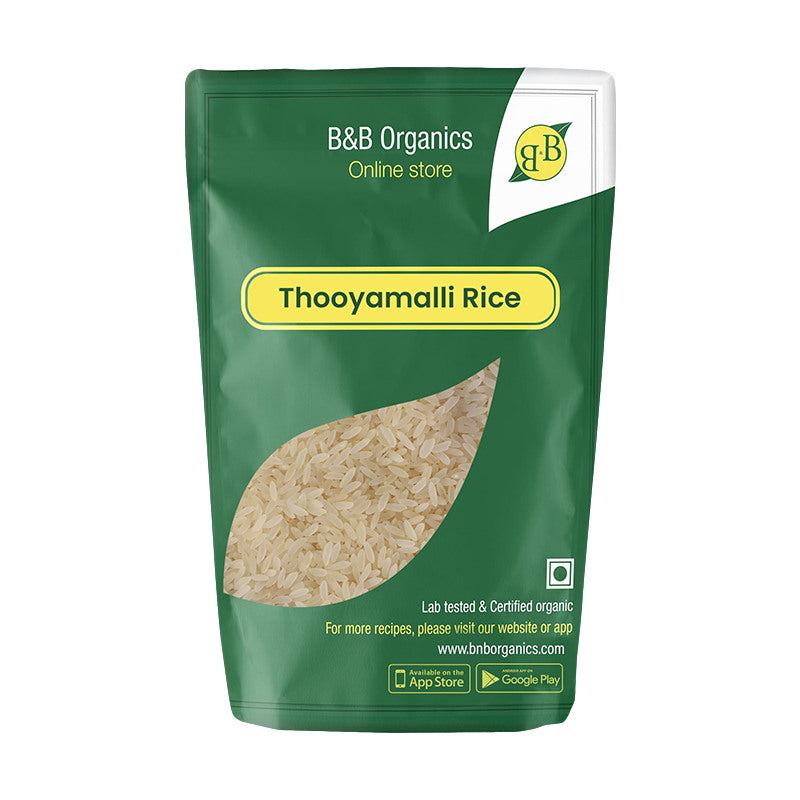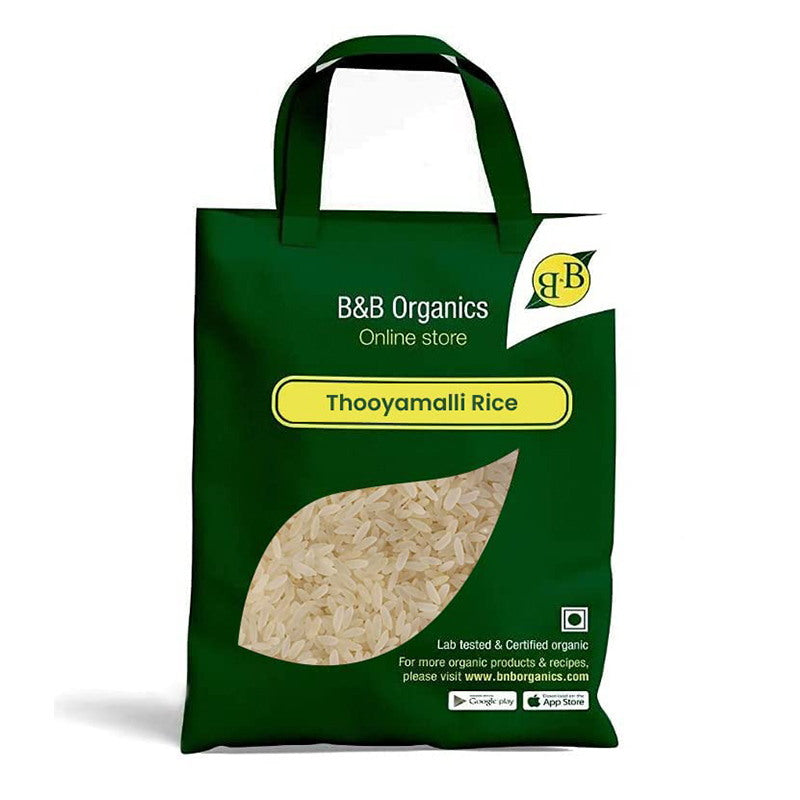Toor dal, commonly called as Arhar dal, is a significant legume major crop largely for its seeds. Proteins, refined carbohydrates, minerals, and vitamin supplements just are a few of the numerous elements it is a rich source of.
It has multiple health benefits in addition to being nutritionally sound. It is beneficial for diabetes if the antioxidants it provides help to lower blood sugar levels. It helps in weight loss by decreasing cholesterol levels. It is absorbent by structure, that according to Ayurvedic, aids in controlling dysentery.

Due to its anti-inflammatory and astringent characteristics, toor dal aids injuries heal. Due to its antibacterial capabilities, it also helps in the treatment of skin diseases.
Toor Dal intake is generally thought to be safe. But, certain people could develop sensitivities as a reaction to it.
Toor Dal benefits include:
Diarrhoea:
In Ayurveda, diarrhoea is known as Atisar. It usually occurs as a result of poor diet, polluted water, toxins, anxiety, and a poor digestion tract. These factors together lead Vata to become severe. This increased Vata induces liquid from various organs to reach the intestines and mix with the faeces. This results in dysentery or loose, runny bowel motions. Due to its Grahi property, toor dal soup aids in reducing the signs of dysentery and hardens the stool.
Loss of weight:
As it is mild in nature, toor dal aids in weight control if eaten regularly in the diet. Also, it aids in eliminating toxins that have stored up within the body as a result of poor digestion, which is the main contributor to gaining weight.

Increased cholesterol:
An unbalance of the intestinal fire is the main reason for high cholesterol. Poor digestion promotes impaired digestion at the target tissues, which culminates in toxic leftovers in the body. As a result, there is a rise in bad cholesterol and an obstruction of the vascular system. Toor dal raises Agni, which reduces cholesterol levels. Also it helps to clear the clogged veins and helps in the elimination of Ama. As a result, the elevated cholesterol levels can be reduced.
Wound repair:
Toor dal stems aid in the healing process by lowering inflammation and maintaining the natural skin structure. Due to its medicinal benefits, Toor dal leaves blended with coconut oil can be put to a wound to speed recovery and reduce swelling.
Stomatitis:
Stomatitis is a disease that causes severe mouth inflammation. Mukhapaka is the Ayurvedic name for it. Mukhapaka comprises all 3 doshas and, in certain situations, can result in bleeding. Due to its healing powers, eating fresh toor dal leaves promotes recovery and causes inflammation.
Toor Dal can be used in the following ways:

Pulp of Toor Dal:
For Baldness:
- Toor dal must be immersed for two hours.
- Form a fine paste by crushing the dal in a pestle and mortar.
- Spread the paste equally to the baldness.
- Let it sit for 1 hour.
- Use tap water to rinse your hands properly.
- Use this treatment twice a week to put baldness at bay.
For Inflammation:
- Toor dal must drench for two hours.
- Making a fine paste involves pounding the dal with a crusher and mortar.
- Spread the paste gently over the affected area.
- Utilise the mixture twice daily to lessen edema.
Leaves of Toor Dal:
- Pick a few fresh Toor dal leaves.
- Use honey or water to form a mixture.
- Use once each day to the affected area to speed healing of wounds.
Toor Dal Safety Procedures:
Toor dal is packed with protein, thus persons with digestion problems must refrain from eating it in huge volumes. While taking toor dal in surplus of that which is deemed food, basic safety procedures must be taken, same like they are while using any medication. It ought to be used with caution, particularly by pregnant women and breastfeeding mothers. Only if your physician has recommended this must you use it. Giving it to youngsters and the elderly must be done with extreme caution.













